|

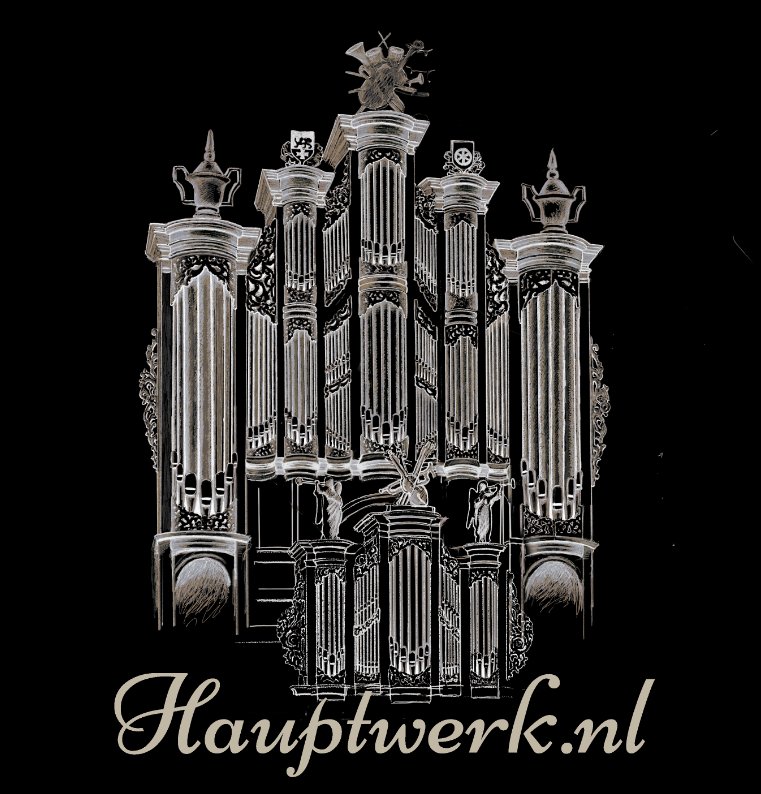








|
A short history of the church.
Oosterwijtwerd is a small village on an an old mound in the middle of a landscape that frequently flooded
with tidal water from the sea in the early middle ages.
It was common in those days to have farms and other buildings arranged that way.
The sea enters through the river "de Fivel" which has a wide estuary opening into the Waddensea.
The Mariakerk was founded in 1175 and was for a long time a centre of Mary worship.
|
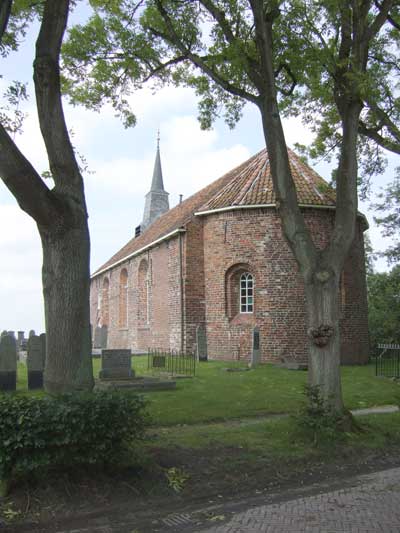
The church viewed from the road
|
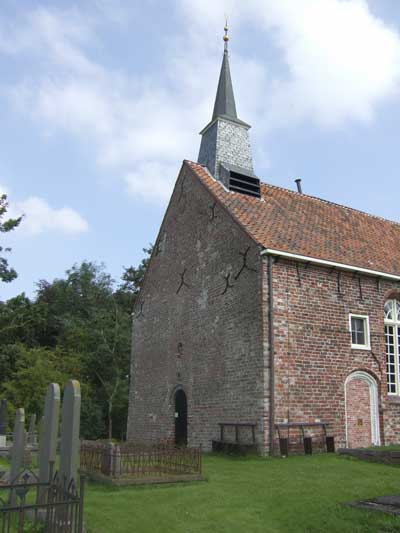
The rear of the church
|
An old place of pilgrimage.
The wandering Jesuit Father Franciscus Mijleman wrote in 1664 that
that an old woman from Oldenzijl had told him that people were going to the church of
Oosterwijtwerd for a pilgrimage and that from all directions people were coming to that church.
|
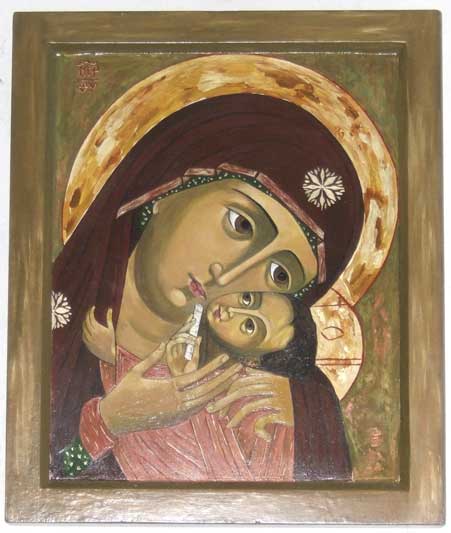
Mother God of Tenderness
[Painted after an 18th century Russian icon]
|
Mary devotion came to an end in the period of the reformation but the name of the church was kept.
The interior of the church underwent changes as the Rippenda's,
from royal descent, lived in that village and possessed a fortified house.
Three large panels of remembrances, a sandstone epitaph in the choir and gentry-benches in the
church show the strong influence of the Rippendas in that area and church society.
|
|
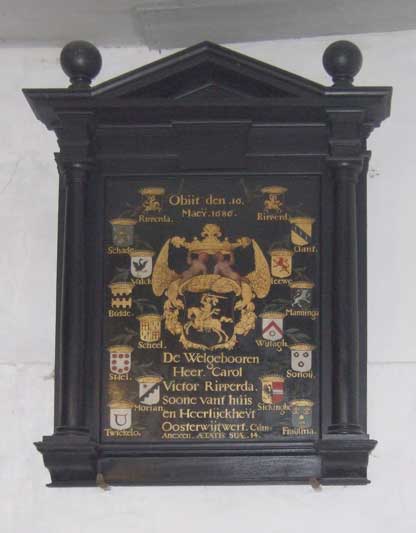
Remembrance panel I
|
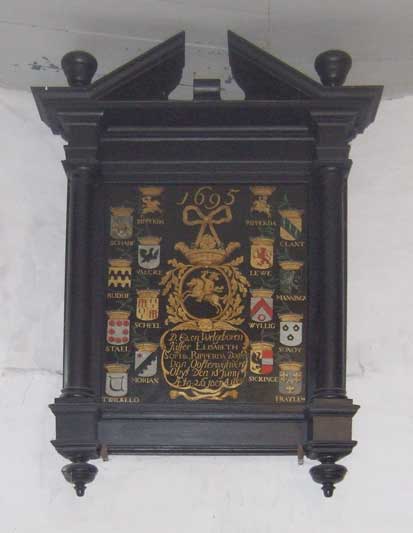
Remembrance panel II
|
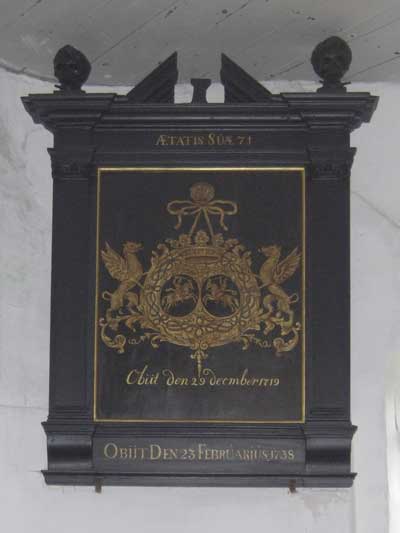
Remembrance panel III
|
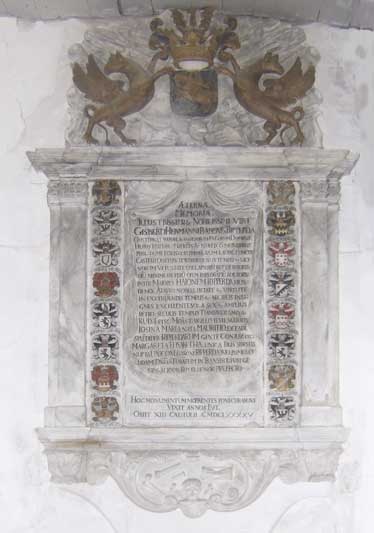
Epitaph
|
Just as in the rest of the province Friesland, soil from these mounds was largely carried away and sold
as fertile soil at the beginning of the 20e century.
Artifacts from the Roman period were found when digging.
This implies that the area was already inhabited for a long time.
The very old village centres and their churches were spared this soil removal process.
The Mariakerk of Oosterwijtwerd together with the churches of Eenum en Marsum and Marsum belong to the oldest brick churches in this part
of the province of Groningen.
The Mariakerk stands at the edge of the earthen mound and looks over the wide and serene Groninger landscape.
|
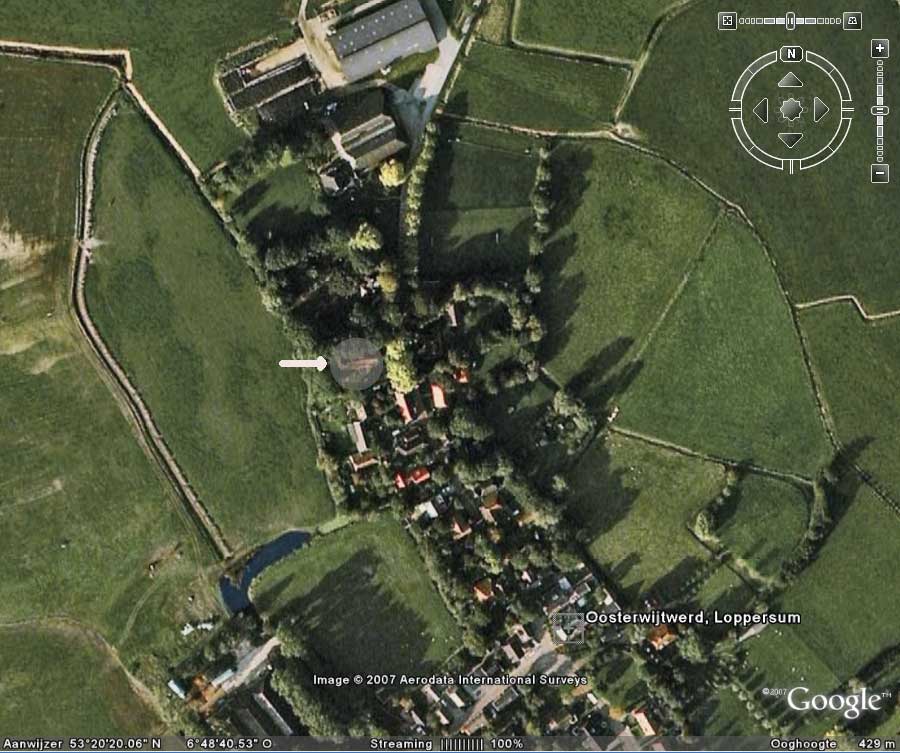
Google Earth
|
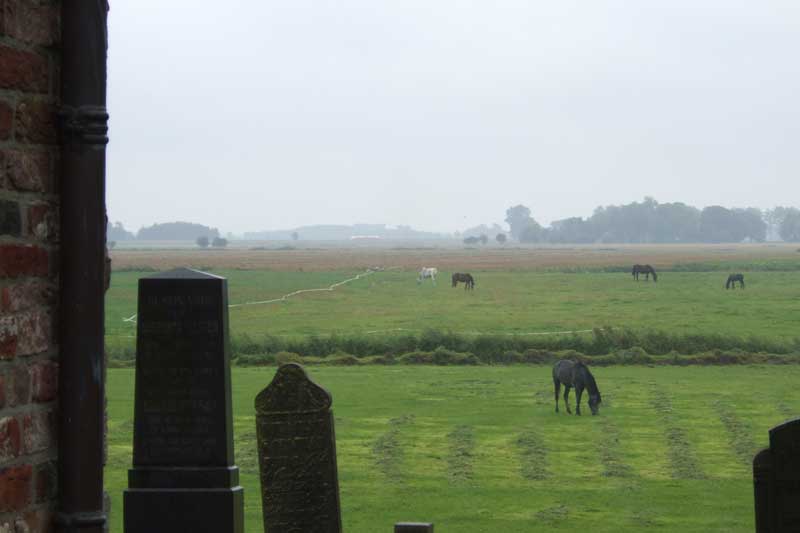
Grazing behind the church
|
The church is now in the possession of "Stichting Oude Groninger Kerken" at Groningen.
A historical organ.
The organ has stood in the church of Oosterwijtwerd since 1845.
It was built as a cabinet organ by Christiaan Müller in 1741.
|
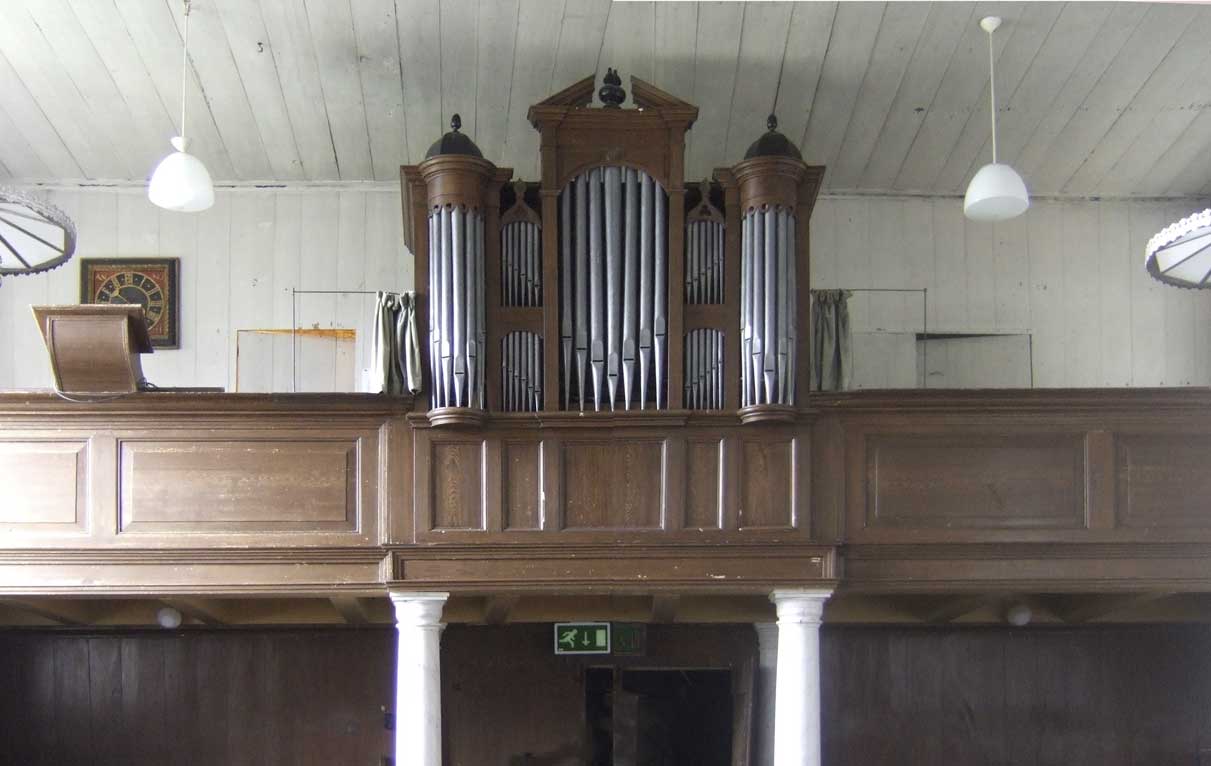
The organfront
|
Christian Müller (1690-1769) likely came to Holland in the wake of Arp Schnitger to try his luck here.
He probably came from Westfalen. He settled in Amsterdam where he garnered great fame as an organ builder.
He played an important role in the renewal of organs in Holland.
Probably Christian Müller built this cabinet organ, a little sister to the ones in the famous Great Church in
Leeuwarden and the St.Bavokerk in Haarlem, as a house organ for the owners of one of a Groninger
fortified castlehouse. How long the organ served as houseorgan is not known.
The local paper, Provinciale Groninger Courant of 31 March 1845, had an advertisement with the text
"for disposal.. a good and excellent house-organ: well suited for a small church".
The same advertisement was placed in the same year in August with the added text "price below 200 Dutch guilders".
The organ was placed in the church by Hermann Eberhard Freytag in 1845.
It was inaugurated during the morning service of December 14th 1845.
Freytag played the organ at this occasion.
" ..In the evening,around six o'clock he again caused this musical instrument to be heard".
Freytag limited the organ modification to the attached pedal. He respected the rest of the organstructure.
Jan Doornbos made a few modifications in 1895. He added a Prestant 4 feet and a Viola da Gamba.
All the flutes remain intact. The organ case has probably been made by J.Proper.
It is only in 1950 that the temperament was adjusted by Mense Ruiter.
The motivation for this change was the repair work that resulted from water leaks.
It is possible that he added the Sesquialter.
At the same time an electric blower was added.
Albert Hendrik de Graaf restored the organ in 1996 on request of the "Stichting Oude Groninger Kerken"
who is the owner of this church.
It became clear during the restoration that the 18th century pipework pipe work was virtually intact.
This is one aspect of the organ that gives it great historical value.
The restoration work consisted of small repairs to the pipes, rebuilding the wind chests made by Müller, and repairs to the action.
The organ is characterised by its transparent sound; according to a citation by Albert
"clear and vital: not rough, but refined".
The Disposition.
With thanks to: "Stichting Oude Groninger Kerken", Groningen
Marika Meijer and André de Graaf of the "Plaatselijke Commissie" te Oosterwijtwerd
|
|
This page has been translated by Henny Rouhof ®.
|
|
Corrections by John Coenraads®.
|
|
|
Hauptwerk.nl is an initiative from Sygsoft Holland. KvK 93602855. Last updated
2024-06-01
|
|
|
